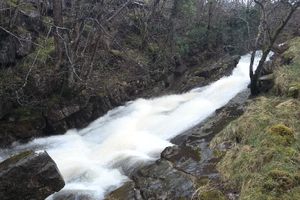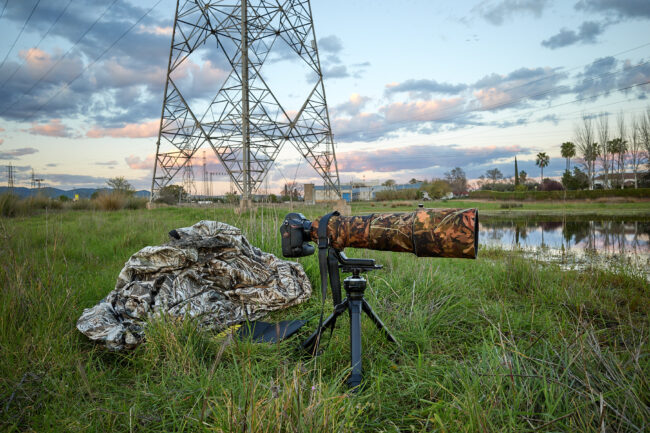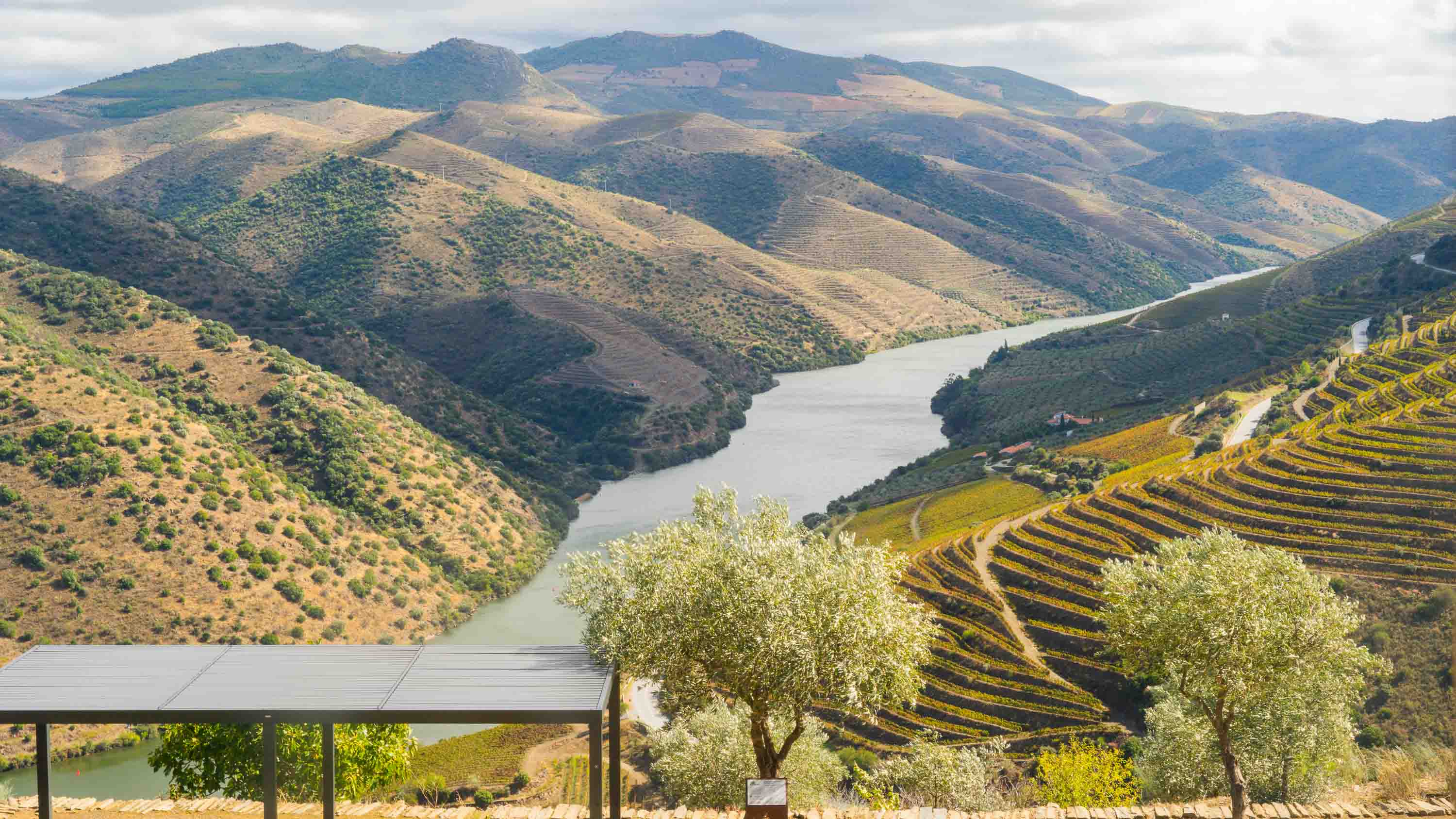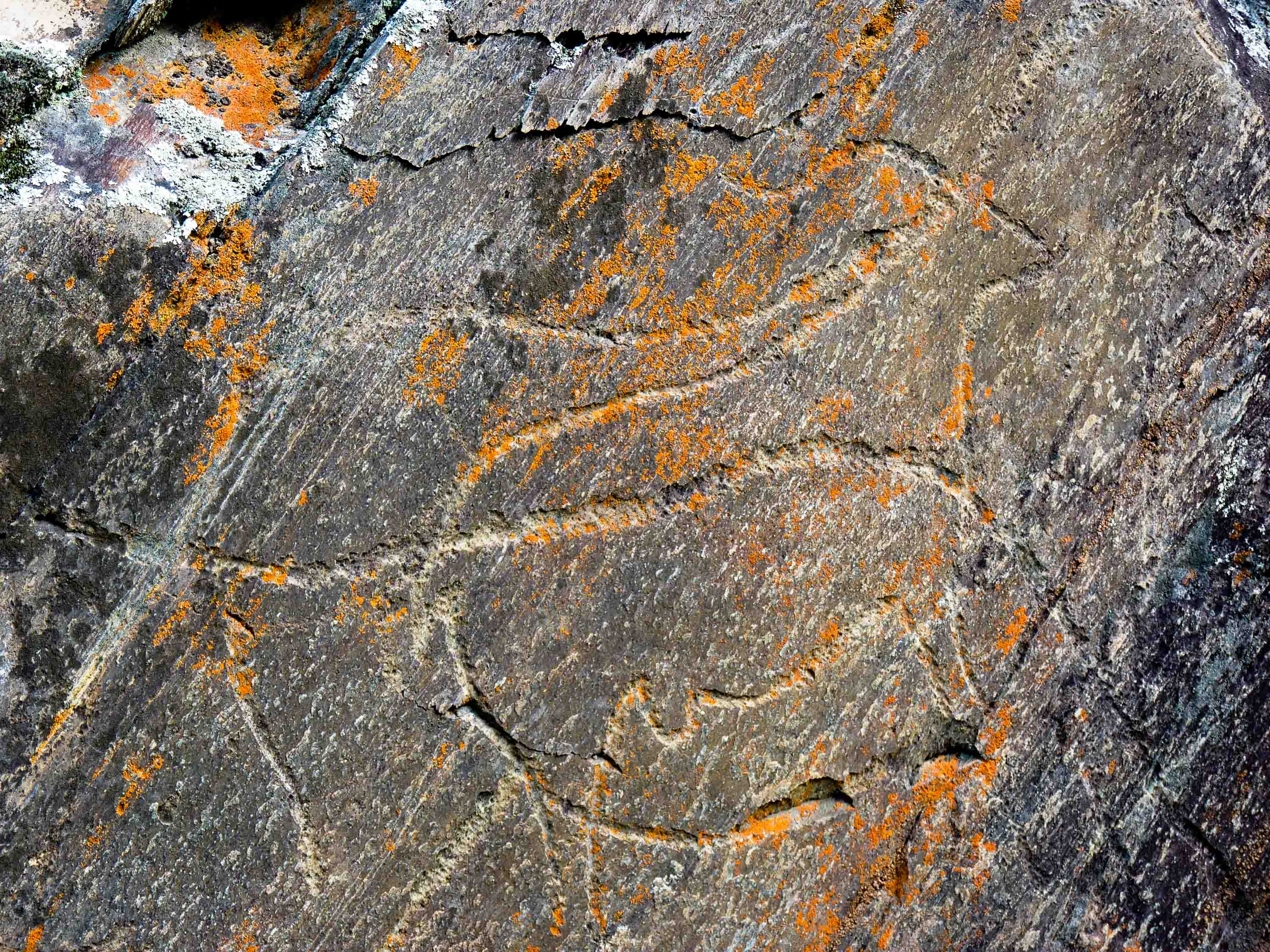Ewbank Scar in Westmorland and Furness, England
Just southeast of the town of Kirkby Stephen in Cumbria, Ewbank Scar nearly defies description. Possessing many attributes of both a gorge and a waterfall, this landscape feature deserves a visit that follows recent rain. The word “scar” is an apt descriptor for this peculiar feature that the powers of nature have etched, carved, and eroded into a small corner of the Eden Valley. Ladthwaite Beck, a small stream, hurtles down a steep slope of limestone slabs worn slick by water that falls just under 100 meters as the stream winds for approximately a kilometer. At one side of the scar stands an imposing cliff. On the opposite side, the steep ground is densely wooded with hazel, birch, and ash. A profusion of fungi, ferns, mosses, and other plant life grows, some rare enough to be designated as a special scientific interest. Hikers who remain still, quiet, and vigilant are likely to spot a red squirrel darting amongst the trees. One of the most impressive aspects of the scar is how the stream takes some improbably sharp bends as it races down the slope, clinging to the base of the cliff face that it is undercutting day after day, creating the impression of an aquatic helter-skelter. Large chunks of fallen limestone can be seen lying in the path of the stream, a testament to the losing battle the cliff is fighting against the water. The scar occurs in two distinct parts. Above the steep section that is reached initially, the stream levels out for a short distance before a second, similarly impressive, feature hoves into view. Here, although the slope is not as precipitous, the water flows through what can best be described as a trench, the stream cascading over several small waterfalls on its way down. In dry weather, it is possible to climb up through the trench. In wet weather, it is virtually inaccessible to the walker. At the very top of the trench, the stream levels out again. In winter, the stream flows constantly. Particularly after periods of heavy rain, Ewbank Scar thunders to the sound of countless gallons of cascading water. In summer, there is often only silence. During dry periods, running water completely vanishes from the scar as the water rushes down a hole in the bed of the stream. Below this point, there is only the occasional plunge pool filled with still water. The mildly acidic water likely dissolves the limestone to create a sinkhole. Above the sinkhole, the stream appears perfectly normal but then, within a few meters, there is only a dry riverbed. Running water re-emerges at the bottom of the scar under a small waterfall where, presumably, another change in geology allows for the permanent flow of water on the surface. Stranded brown trout can be seen swimming in the remnant pools that punctuate the otherwise dry course of the stream, probably safe in the knowledge that their isolated microcosms will endure long enough for them to survive until rain restores the flow of water along the full length of the scar. When first visited, Ewbank Scar has the power to instill a sense of awe in the beholder. It is one of the myriad quirks of geology that occur in English limestone country as placid and unremarkable streams drain the upland bogs then encounter a change in the underlying rocks, begin to devour the limestone, and carve out something unusual. Some local sages claim that humans had a hand in the formation of the scar through ancient excavations and the like, although evidence is hard to find. In either case, the impressive nature of this feature is undiminished. It is rare to encounter another person on a visit to the scar and, whether the stream is flowing, reduced to a trickle, or completely dry, a trek to this display of the power of nature is guaranteed to be a satisfying experience.


Just southeast of the town of Kirkby Stephen in Cumbria, Ewbank Scar nearly defies description. Possessing many attributes of both a gorge and a waterfall, this landscape feature deserves a visit that follows recent rain.
The word “scar” is an apt descriptor for this peculiar feature that the powers of nature have etched, carved, and eroded into a small corner of the Eden Valley. Ladthwaite Beck, a small stream, hurtles down a steep slope of limestone slabs worn slick by water that falls just under 100 meters as the stream winds for approximately a kilometer. At one side of the scar stands an imposing cliff. On the opposite side, the steep ground is densely wooded with hazel, birch, and ash. A profusion of fungi, ferns, mosses, and other plant life grows, some rare enough to be designated as a special scientific interest. Hikers who remain still, quiet, and vigilant are likely to spot a red squirrel darting amongst the trees.
One of the most impressive aspects of the scar is how the stream takes some improbably sharp bends as it races down the slope, clinging to the base of the cliff face that it is undercutting day after day, creating the impression of an aquatic helter-skelter. Large chunks of fallen limestone can be seen lying in the path of the stream, a testament to the losing battle the cliff is fighting against the water.
The scar occurs in two distinct parts. Above the steep section that is reached initially, the stream levels out for a short distance before a second, similarly impressive, feature hoves into view. Here, although the slope is not as precipitous, the water flows through what can best be described as a trench, the stream cascading over several small waterfalls on its way down. In dry weather, it is possible to climb up through the trench. In wet weather, it is virtually inaccessible to the walker. At the very top of the trench, the stream levels out again.
In winter, the stream flows constantly. Particularly after periods of heavy rain, Ewbank Scar thunders to the sound of countless gallons of cascading water. In summer, there is often only silence. During dry periods, running water completely vanishes from the scar as the water rushes down a hole in the bed of the stream. Below this point, there is only the occasional plunge pool filled with still water.
The mildly acidic water likely dissolves the limestone to create a sinkhole. Above the sinkhole, the stream appears perfectly normal but then, within a few meters, there is only a dry riverbed. Running water re-emerges at the bottom of the scar under a small waterfall where, presumably, another change in geology allows for the permanent flow of water on the surface. Stranded brown trout can be seen swimming in the remnant pools that punctuate the otherwise dry course of the stream, probably safe in the knowledge that their isolated microcosms will endure long enough for them to survive until rain restores the flow of water along the full length of the scar.
When first visited, Ewbank Scar has the power to instill a sense of awe in the beholder. It is one of the myriad quirks of geology that occur in English limestone country as placid and unremarkable streams drain the upland bogs then encounter a change in the underlying rocks, begin to devour the limestone, and carve out something unusual. Some local sages claim that humans had a hand in the formation of the scar through ancient excavations and the like, although evidence is hard to find. In either case, the impressive nature of this feature is undiminished.
It is rare to encounter another person on a visit to the scar and, whether the stream is flowing, reduced to a trickle, or completely dry, a trek to this display of the power of nature is guaranteed to be a satisfying experience.











































































































































/f871ef26-7798-46a2-9db3-fe949a2f050b--2016-0719_okra-couscous-salad_james-ransom-417.jpg?#)















































































































